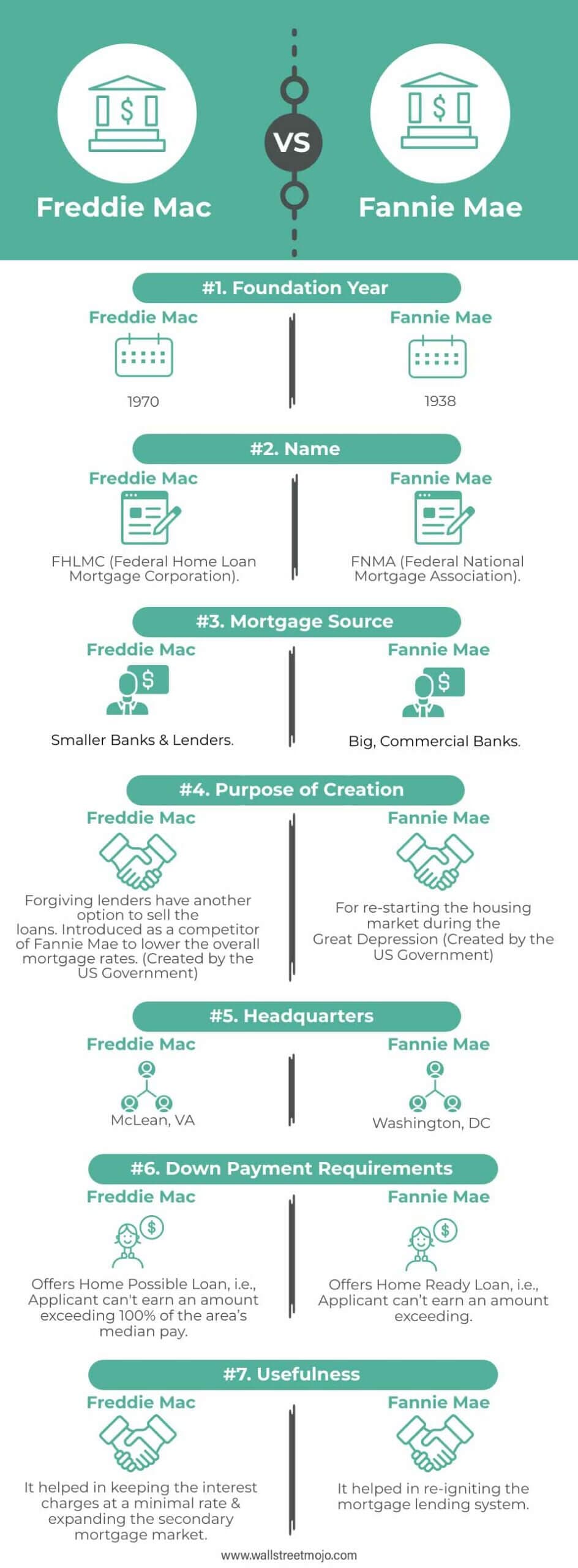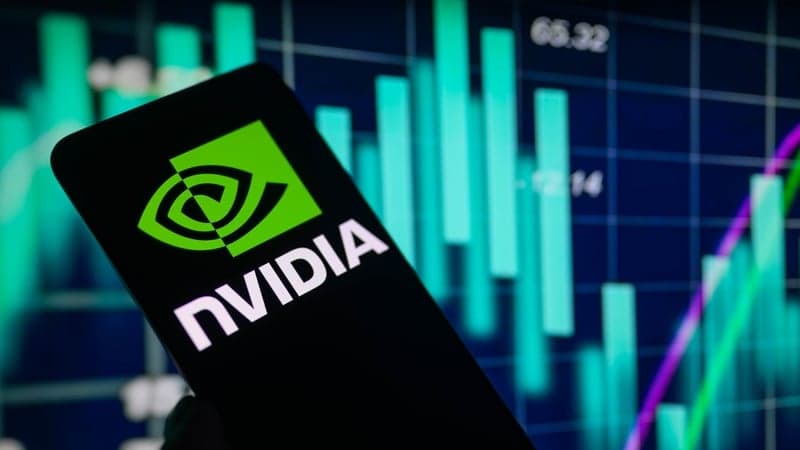Veolia to buy Clean Earth for about $3 billion, aims global hazardous waste lead
Veolia Environnement announced a roughly $3.0 to $3.04 billion cash acquisition of U.S. hazardous waste company Clean Earth, a move that will lift its hazardous waste turnover to about €5.2 billion and position the firm as the world leader in that market. The deal accelerates consolidation in a regulated sector, carries regulatory hurdles in the United States, and ties into Veolia’s plan to rotate assets and extract efficiency gains.

Veolia Environnement said on November 21 that it had agreed to acquire Clean Earth from Enviri for about $3.0 to $3.04 billion in cash, a transaction that would raise the French group’s hazardous waste turnover to about €5.2 billion, equal to roughly $6 billion. The deal, which Veolia expects to close by mid 2026 pending regulatory and Enviri shareholder approvals, would make the company the global leader in hazardous waste management and the second largest operator in the United States.
Veolia’s management framed the acquisition as both scale enhancing and financially accretive. Chief executive Estelle Brachlianoff told journalists that the deal should generate approximately $120 million of synergies by year four and is expected to be accretive to earnings per share by the second year after closing. The announced synergy run rate represents about 4 percent of the cash purchase price, underscoring that efficiency improvements will be an important part of the deal rationale.
The acquisition comes amid a wave of consolidation in waste services, where regulatory complexity and high capital intensity reward larger scale. For Veolia the Clean Earth purchase reinforces a strategic tilt toward higher margin, regulated activities and environmental services that are seen as more resilient to economic cycles. At the same time Veolia signalled a portfolio rotation, committing to around €2 billion of asset disposals over the next two years to streamline operations and to help fund the transaction while managing leverage.
Regulatory review is likely to be the key near term obstacle. Becoming the world leader and a top competitor in the United States will draw attention from antitrust and environmental regulators in multiple jurisdictions. Approval processes could require divestitures or other remedies, which would alter the anticipated integration path. Veolia acknowledged those approvals as conditions to closing and flagged the need for Enviri shareholder consent.
Market implications include a reordering of competitive dynamics in hazardous waste processing, transport and treatment. The immediate effect on pricing power and contract negotiations will depend on local market shares and capacity overlaps, particularly in the United States. Investors will watch the timeline to achieve the $120 million in synergies, the pace of asset disposals and the degree to which the deal is financed with cash on hand or incremental borrowing.
Longer term, the transaction highlights structural trends driving consolidation in environmental services. Tighter environmental standards, rising costs for hazardous material handling and the need for specialized treatment infrastructure are increasing barriers to entry. For Veolia, scale can reduce per unit costs and accelerate technology deployment in sorting, treating and disposing of hazardous streams. For regulators and governments, larger global operators raise questions about competition, resilience of local supply chains and the governance of critical environmental infrastructure.
If completed, the deal will mark a significant reshaping of the hazardous waste industry and test how quickly Veolia can integrate operations while meeting regulatory requirements and delivering promised financial benefits.


